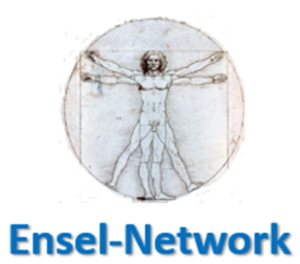ERASMUS+ DANCEFULNESS
“Consciousness and thought are not the same. Consciousness transcends thought, although it uses thought and recognizes its value and power. Consciousness is similar to "a container" that can encompass and contain our thinking. It helps us see our thoughts and recognize them as such so that we don't get caught up in them believing they are reality” (Kabat-Zinn, 2009)
We seek to be able to free ourselves from emotional slavery, making it become an emotional river that flows, that gives us something to drink, refreshes us, does not move us and calms us as a means of learning to live with us, letting the emotion come and go, without allowing it to enslave us to them.
Objective: Cultivate attention through the state and content of our mind.
Materials: Loose clothing, comfortable shoes, emotional diary and pencil.
Description: Start the activity by pausing to observe you.
Now think about a situation that has happened to you recently and that has been able to mark you (evoked emotion). Visualize that situation to connect with the mind and be able to connect with what you could think and feel at that moment.
• Identify the state of your mind (how are you feeling right now? Are you nervous? Are you calm?)
• Identify the content of the mind (what content is occupying your mind and what causes it).
Notice the sensations on a physical level.
See what your thoughts are right now.
Pay attention to the feelings you may have right now.
The key to mindfulness is being aware of when a thought, image, sound, emotion, etc. appears that separates us from our goal at that moment, being able to reconnect with what needs to be done at that moment.
We must remember that observing our body before the state and content of the situation, without making judgments or evaluations (actions that appear naturally).
It always ends with a personal reflection that is transferred to the travel diary.
